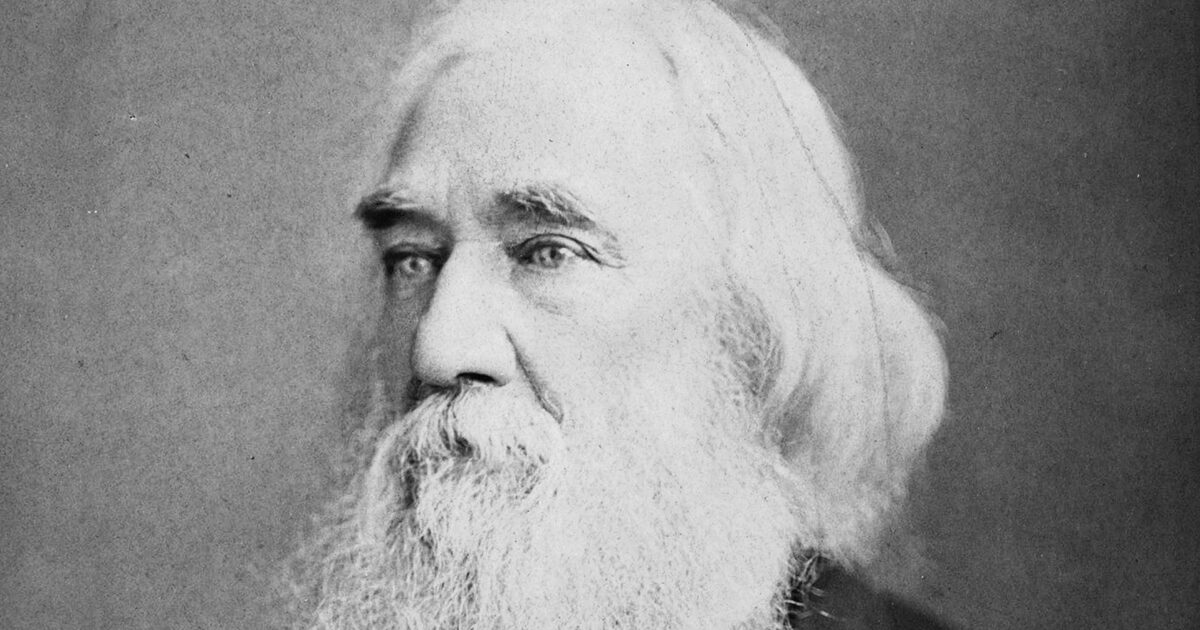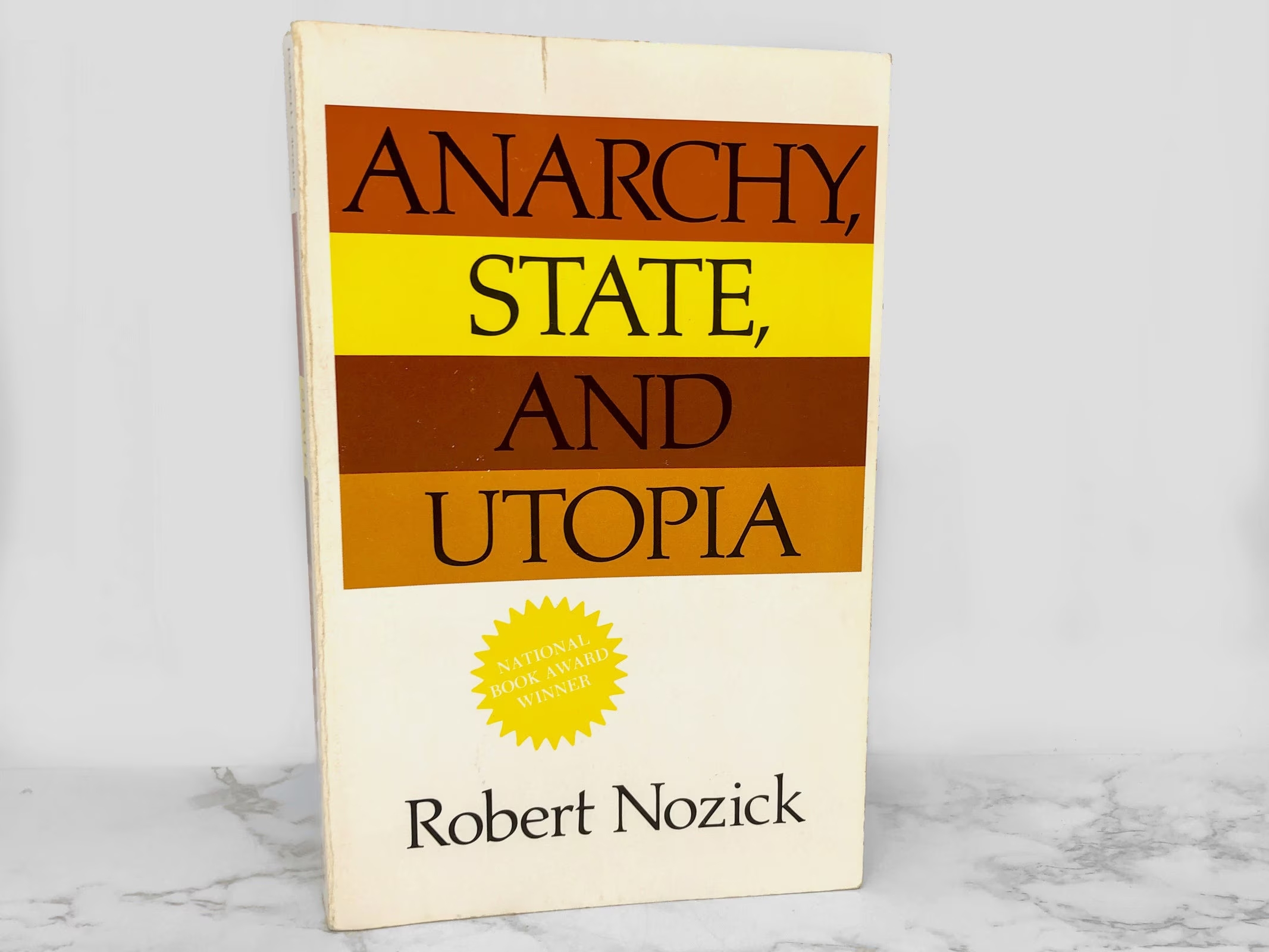A general, but serious, reason to read this book— The Skyscraper Curse: And How Austrian Economics Predicted Every Major Economic Crisis of The Last Century — is to avoid being one of the millions who will be duped when the next crash (bust) occurs. Millions were and continue to be duped as to the reason for the boom leading up to 2007 and 2008 and why the bust occurred in 2008 relating to real estate.
Thornton begins with an important discussion of money creation and Richard Cantillon, writing: “… Richard Cantillon (1680s-1734?) [was] the first economic theorist and proto-Austrian economist …[he] showed how the interest rate and the money supply can create changes and distortions in the economy, a phenomenon now referred to as “Cantillon effects.”
Monetary inflation is affected by who gets the money and credit first and who gets it last. As fiat money is created by central banks, private banks are in a position to expand the amount of loans they make. The wealthy have established relationships with the banks, and they have the real estate and assets to provide collateral for the loans. Large, established companies and wealthy individuals are in favorable positions relative to small businesses and people with low or average incomes. The loans allow big companies and wealthy individuals to invest in capital goods during the boom phase of the business cycle. Central banks thereby create artificial inequality and poverty. This is the primary Cantillon effect of redistributing wealth.”
Thornton shows that the biggest winners come from the Federal Reserve and the bank system’s creation of newly created currency and credit are the U.S. Government, its large contractors, such as weapons manufacturers, big banks, and Wall Street. The losers are also revealed: the labor class consisting of private-sector workers, those on pensions or fixed incomes.
Thornton’s book goes on to discuss the causes of booms — overinvestments and malinvestments — beginning with the foundational cause from artificially low interest rates set by the central bank. Most people do not understand that fiat currency and credit are created out of thin air. They cannot imagine someone at a computer hitting keys and entering “money” or credit into a bank account. This book discusses credit creation — the main vehicle used to create new so-called money (credit) so that a layman can understand how it is created and the implications to first recipients and later recipients.
This book is especially useful for any person who does not understand or has never heard of the Austrian business cycle theory (“ABCT”). Unless one has a basic understanding of the ABCT, he or she cannot understand the primary and secondary reasons for the causes of a boom and why a bust must follow. It is an imperfect analogy, but in some ways, fiat currency and especially-created-credit is like a drug, which must be used in increasing amounts to keep putting off the bust. But, if the addict continues to survive by injecting more and more drugs, he will eventually die. This book shows the reader that the addiction to fiat currency and credit must end in a crash and the continuous injection of credit by the Fed and the state is only making the addiction greater, with a necessarily resulting greater crash.
What Is Roundaboutness?
Another key to understanding booms and busts is the concept and reality of “roundaboutness of production” in the structure of production. Thortnon, in discussing the concepts of (i) roundaboutness of production, and (ii) the structure of production, he uses a “natural, concrete example of it in action” so that one unfamiliar with these concepts can grasp the important meaning. The example, as he saw in his early childhood, was dairy farms. The farmer fed and milked the cows in the barn and then took the milk to his family. Then through a more roundabout production process, dairy cattle fed on grass in fields, then were milked in barns. The milk was then transported a short distance in a small tanker to several small dairies, where the milk was processed and packaged. The next day the milk was delivered to houses and empty bottles were picked up. Over time the roundaboutness of production resulted in replacement by eighteen-wheel refrigerated tankers delivering from the farms to dairy factories and then to supermarkets.
The dairy example is used to show that the roundabout production process takes time. Milk travels greater distances. This requires a greater amount of capital and advanced technology with less labor per unit of milk. The result is the overall cost of milk is lower with competition between large dairy wholesalers and supermarkets.
The dairy example further shows the requirement for entrepreneurial vision, investment of more capital goods, new technology, and the rearranging of the production process, taking a great amount of time. In addition, the entrepreneurs had to have access to savings, based on time preference, in which to borrow against.
The Role of Interest
The book explains what interest really is, teaching about high and low time preference. Thornton shows how more credit or currency creation by central banks does not produce wealth but at best produces over-investments and malinvestments. In contrast, real wealth is based on the signals sent to entrepreneurs by savers with low time preferences who have been saving money rather than spending it. An abundance of these savings leads to lower interest rates which tells entrepreneurs that more of them can borrow and spend more time creating goods and services.
The next time there is an economic bust or a financial crisis, and the experts say “nobody could have seen this coming,” it will be an excellent time to share this book with colleagues and friends. This book can be easily read and understood by laypeople, and with this book, I am hopeful fewer Americans will be duped the next time there is a crash, and the mainstream experts assure us that more government intervention will solve the problem.












